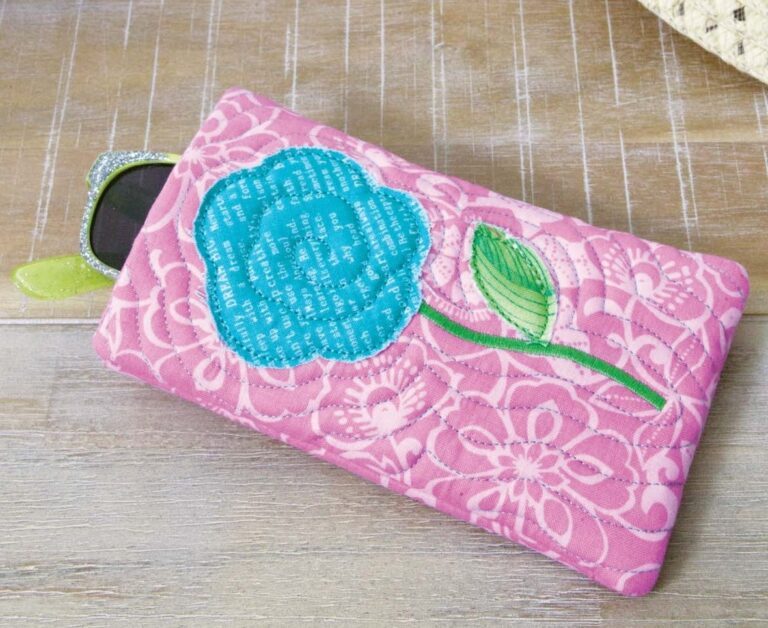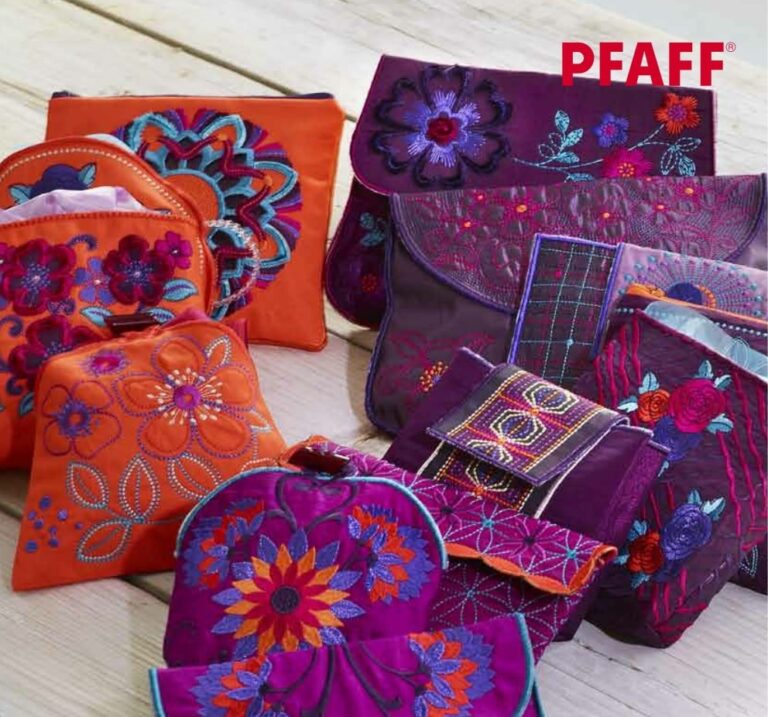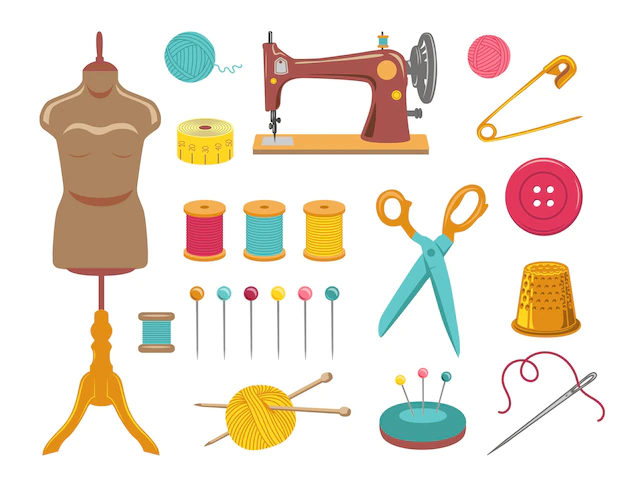Best Embroidery Hooping Tips
Using an embroidery hoop is an important step in ensuring a successful embroidery project. It helps to stabilize the fabric and maintain a consistent tension while you are working on your embroidery. When hooping, it is important to make sure that the fabric is not stretched too tightly or too loosely. This can cause misalignment of the stitches and puckering of the fabric. To hoop properly, start by selecting a hoop that is the appropriate size for your project. Then, place the fabric in the hoop and adjust the tension until it is smooth and taut, but not stretched too tightly. Make sure to center the design on the hoop and align it with the center of the fabric. When you are finished with your embroidery, carefully remove the fabric from the hoop to avoid distorting the stitches. With practice, hooping properly will become easier and you will be able to achieve professional-looking results with your embroidery projects.
Choose the proper Hoop
It is important to use the smallest hoop that your design will fit in to ensure proper stabilization and alignment of the stitches. If the hoop is too large, it can cause the fabric to shift and distort the design. It is also important to pay attention to the shape of the hoop. A circular hoop can provide more consistent tension and support across the entire surface of the fabric, compared to a hoop with a square or rectangular shape.
In addition to using the right size and shape of hoop, it is important to center the design within the hoop and make sure that it is aligned with the center of the fabric. This will help to ensure that the embroidery is evenly spaced and symmetrical. If the design is too close to the edge of the hoop, it can cause the fabric to pull and distort the stitches. It is also a good idea to use a hoop with a tight-fitting inner ring to keep the fabric from slipping out of place as you work.
With proper hooping technique, you can achieve smooth, even stitches and a professionally finished embroidery project. It may take some practice to master this skill, but it is worth the effort to achieve the best results.
Use the proper Size Stabilizer
Using a backing sheet, also known as stabilizer, is an important step in preparing your fabric for embroidery. The backing sheet helps to provide support for the fabric and prevent it from stretching or distorting as you work. It is important to use a backing sheet that is large enough to extend beyond the edges of the embroidery hoop by about 1/2 to 1 inch. This will ensure that the fabric is adequately supported and that the stitches do not pull or distort as you work.
When selecting a backing sheet, it is important to consider the size of your embroidery hoop and the size of your design. The backing sheet should be at least 1-2 inches larger than the surface of the hoop in all directions. For example, if you are using a 5″ x 7″ embroidery hoop, you should use a backing sheet that is at least 9″ x 12″. It is also a good idea to use a backing sheet that is appropriate for the type of fabric you are working with. Some common types of backing sheets include cutaway stabilizer, tearaway stabilizer, and water-soluble stabilizer. Each type has its own unique properties and is best suited for specific types of fabrics and embroidery projects.
Using a proper backing sheet and hooping technique can help to ensure a successful embroidery project with smooth, even stitches and a professional finish.
Use a Hooping Station and Placement Tools
Hooping stations can be a useful tool for improving the speed and accuracy of hooping in embroidery projects. A hooping station typically consists of a base that holds the bottom hoop and secures the stabilizer in place, as well as a top hoop that can be snapped into place to hold the fabric. This allows you to easily align the fabric and the design within the hoops and achieve a consistent placement on each garment.
In a large embroidery operation with many employees working on the same project, a hooping station can be especially helpful in ensuring that all of the garments are hooped in the same location and with the same level of precision. This can help to reduce errors and improve the overall quality of the finished embroidery. Placement and alignment tools, such as rulers or grid sheets, can also be used to help with initial placement and ensure that the design is consistently positioned on each garment.
Overall, a hooping station can be a valuable addition to any embroidery setup, helping to improve efficiency and accuracy while minimizing errors and inconsistencies.
Don’t Stretch Your Material
Creating a smooth, taut surface on the fabric to be embroidered is an important step in achieving a professional-looking embroidery project. If the fabric is stretched too tightly or too loosely, it can cause misalignment of the stitches and puckering of the fabric. To avoid these issues, it is important to hoop the fabric without stretching it.
One way to do this is to use a light touch when hooping the fabric. Gently hold the fabric in place as you adjust the tension and snap the top hoop into place. Avoid pulling or stretching the fabric too tightly as this can cause it to become distorted and affect the quality of the embroidery.
It is also important to make sure that the fabric is smooth and wrinkle-free before hooping. This will help to create a consistent, even surface for the embroidery stitches to follow. If there are wrinkles or creases in the fabric, they may cause the stitches to become misaligned or cause puckering in the finished embroidery.
By taking the time to carefully hoop the fabric and create a smooth, taut surface, you can achieve professional-looking results with your embroidery projects.
Use Spray Adhesive
There are several options available for stabilizing elastic or difficult-to-hoop fabrics during embroidery. One option is to use a light misting of a temporary spray adhesive. This can help to hold the fabric in place and provide additional support as you work. However, it is important to use a light misting and avoid overspraying, as this can clog the needles and cause problems with the embroidery.
Another option is to use double-sided embroidery tape. This is a special type of tape that is designed specifically for use in embroidery and can be used to hold the fabric in place without the need for hooping. To use double-sided embroidery tape, simply hoop a piece of stabilizer and use the tape to attach the fabric to the backing. The tape holds the fabric in place from the edges, which prevents the needle from sewing through glue and reduces the risk of the needle becoming clogged. Double-sided embroidery tape is also useful for holding excess fabric out of the way while embroidering, which can help to prevent errors and improve the quality of the finished embroidery.
Don’t Over Tighten Hoop Screws
When hooping fabric for embroidery, it is important to avoid over-tightening the hoop screws. If the screws are tightened too tightly, it can cause the hoop to become distorted and may even result in hoop burn, which is a type of damage caused by excessive friction. Over-tightening the screws can also strip the threads or damage the screws themselves, which can make it difficult to use the hoop in the future.
To avoid these problems, it is important to use a light touch when tightening the hoop screws. In most cases, finger tight is sufficient to keep the fabric securely in place within the hoop. If the fabric feels too loose or slips out of place as you work, you may need to tighten the screws slightly, but be careful not to overtighten them.
By using a gentle touch and avoiding over-tightening the hoop screws, you can help to preserve the integrity of the hoop and avoid damaging the fabric or the embroidery machine.
Related Posts
Discover relevant articles, tutorials, and tips to improve your skills and explore new techniques.
Stay inspired and connected to our embroidery community.







I think this is one of the most significant information for me.
And i am glad reading your article. But should remark
on few general things, The website style is ideal, the articles is really great : D.
Good job, cheers
I’m not that much of a online reader to be honest but your blogs
really nice, keep it up! I’ll go ahead and bookmark your
website to come back later. Many thanks
I was suggested this blog by my cousin. I’m not sure whether this post is written by him as
nobody else know such detailed about my difficulty.
You’re incredible! Thanks!
Hi my friend! I wish to say that this article is awesome, great written and come
with approximately all significant infos. I would like to peer
extra posts like this .